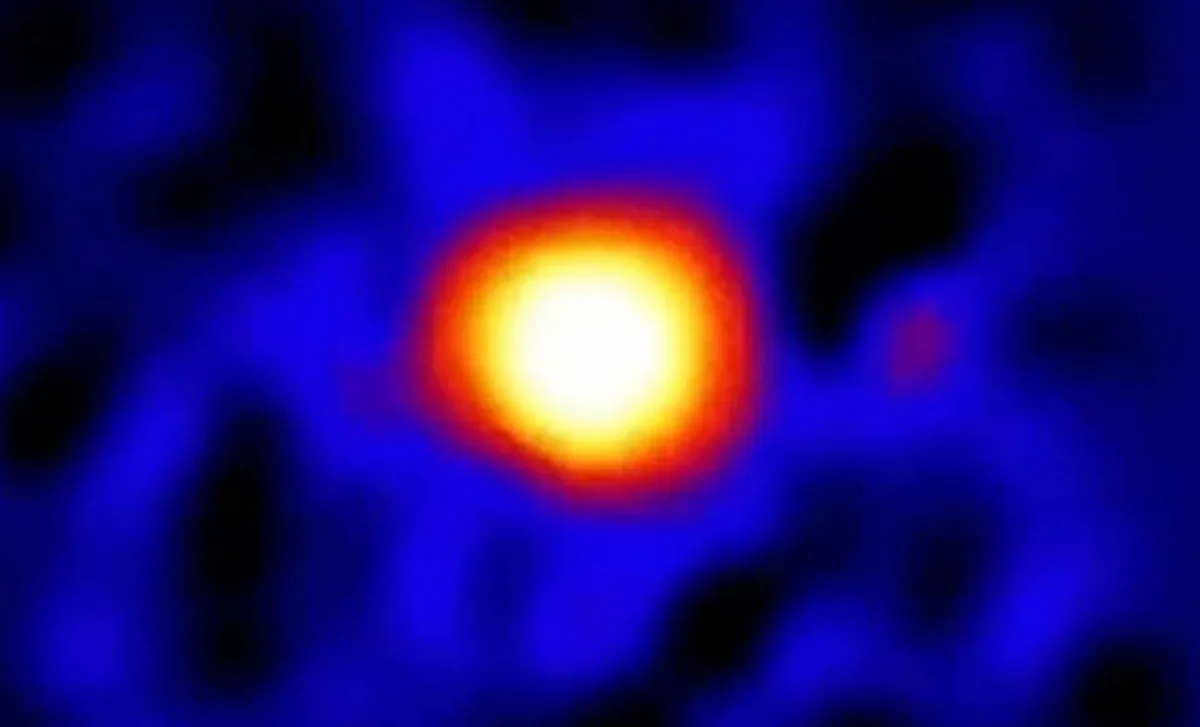
The James Webb Space Telescope has unveiled stunning new insights into the heart of the Milky Way, revealing intense flares emerging from the supermassive black hole, Sagittarius A*. This unprecedented observation provides the most detailed look yet at the mysterious forces at play in the core of our galaxy. The black hole, long a subject of intrigue, has now been shown to emit bursts of energy in a constant, rapid-fire pattern—highlighting a dynamic and chaotic environment than previously imagined.
Utilizing Webb’s powerful Near-Infrared Camera (NIRCam), researchers observed the accretion disk surrounding Sagittarius A* for 48 hours over the course of a year. Their findings were unexpected: instead of observing a predictable series of flares, the black hole exhibited random bursts of varying brightness and duration. Some of these were bright and powerful, while others were faint flickers. The continuous display of these flares represents a level of activity far beyond what scientists had anticipated.
In a study published on February 18, 2025, in The Astrophysical Journal Letters, lead researcher Farhad Yusef-Zadeh from Northwestern University described the findings as “new and exciting every time” they observed Sagittarius A*. “In our data, we saw constantly changing, bubbling brightness,” he said, describing the pattern of activity as “random.” The team found no discernible pattern in the bursts of energy, making each observation seem entirely novel. The black hole’s behavior, from sudden bursts to quieter moments, is unlike anything that has been observed in previous studies of such cosmic phenomena.
“It’s similar to how the Sun’s magnetic field gathers, compresses, and then erupts a solar flare,” Yusef-Zadeh explained. “Of course, the processes are more dramatic because the environment around a black hole is much more energetic and much more extreme. But the Sun’s surface also bubbles with activity.” This comparison highlights the parallel processes occurring both in the Sun and in Sagittarius A*, though at far more intense levels.
The bursts of energy observed by Webb are thought to be caused by magnetic reconnection events—a phenomenon where two magnetic fields collide, releasing energy in the form of accelerated particles. According to Yusef-Zadeh, this process is similar to the sparking of static electricity. “A magnetic reconnection event is like a spark of static electricity, which, in a sense, also is an ‘electric reconnection,'” he said. This process is incredibly powerful and is thought to be responsible for some of the larger, brighter flares observed coming from Sagittarius A*.
The magnetic reconnection events occurring near the black hole are believed to accelerate particles to velocities approaching the speed of light, emitting intense bursts of radiation that Webb’s NIRCam was able to capture with astonishing precision. These flares provide new clues about the physical processes around black holes, which could ultimately help scientists understand how supermassive black holes interact with their surroundings and how they evolve over time.
Another groundbreaking discovery was the time delay observed between measurements of flares at different wavelengths. For the first time, scientists saw that the shorter wavelengths of the flares changed brightness slightly before the longer wavelengths. “This is the first time we have seen a time delay in measurements at these wavelengths,” Yusef-Zadeh said. “We observed these wavelengths simultaneously with NIRCam and noticed the longer wavelength lags behind the shorter one by a very small amount—maybe a few seconds to 40 seconds.” This delay in brightness change offers important clues about the energy dynamics at play around Sagittarius A*.